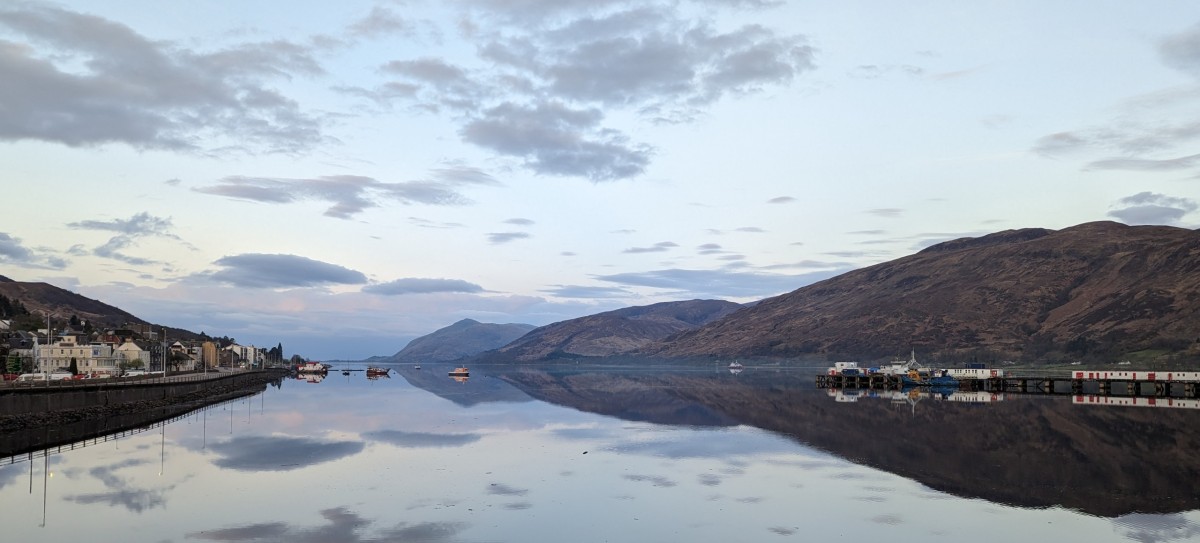Farnborough’s Blue Ocean Seismic Services completes autonomous subsea service vehicle trials

Farnborough’s Blue Ocean Seismic Services is currently developing a fleet of autonomous undersea robots capable of travelling down to the ocean floor and recording accurate seismic data.
Up to now, such tasks have been performed by energy-intensive exploration vessels and remotely operated vehicles (ROVs), which rack up significant costs – both financial and environmental.
The new autonomous vehicles could potentially halve seismic survey expenditure and testing over the last few weeks has also proven that they can provide higher quality operations.
The team at Blue Ocean Seismic Services recently headed off to Scotland for a five-day trial at Loch Linnhe, a tidal sea loch which would offer challenging real-world conditions for the robots to tackle.
Despite being regularly pushed off course by the tide, the vehicles were always able to correct course and efficiently navigate to multiple underwater target locations before returning to land. At each location, they increased their weight to couple to the seabed and recorded quality seismic data.
Simon Illingworth, CEO and Managing Director at Blue Ocean Seismic Services said: “The team have worked incredibly hard over the last year and the results are clear to see.
“We continue to engage with initial potential customers and we look forward to deploying our industry leading technology and operations within the next 18 months.”
Read more – Oxfordshire’s Tokamak Energy’s US wing wins place on Department of Energy fusion project
With the success at Loch Linnhe adding on to similarly productive trials at Loch Ness in 2022 and in Perth, Australia earlier this year, Blue Ocean Seismic Services is now more confident than ever in the commercial viability of their product.
CTO Ben Hollings said: “This trial is a significant step, representing a massive milestone for the company and the seismic acquisition industry more broadly.
“We have now successfully completed a broad range of testing for our prototype subsea vehicles in a range of environments that validate our technology for operational scale-up and readiness.”
Engineers are currently working to refine the software ahead of plans to enter the market towards the end of next year.
Once prototype becomes reality, the robots are expected to see use at offshore wind farms and oil and gas fields, as well as in carbon capture and storage.
Read more – Oxford EV conversion firm Electrogenic convert Jaguar E-Type using ‘plug-and-play’ kit



.jpg)



:quality(70)/cloudfront-eu-central-1.images.arcpublishing.com/thenational/JFMFOMOP2VFKDP3W6APFMXGWFA.jpg)





